Filter on
human behavior research categories

Relational Agents: the use and testing of avatars for HCI
Relational Agents (RAs) are computer constructs designed to interact with humans in a way that promotes the long-term formation of social and emotional bonds.

What are you doing in that shop?
The online shopping revolution is having a huge impact on retail shops. What new tools should the shop manager use to know how to respond?

Playing virtual games with frames
For public displays nowadays, we are no longer limited to traditional square and flat designs. More wild and appealing forms like curves, spheres, or columns are now possible as well.

Observing communication skills in newly wed couples
Communication is the key to all relationships. Communicating effectively can determine the success or the failure of a relationship.

Predicting Advertising Effectiveness: Facial Coding of 120.000 Video Frames
The advertising and marketing companies have just received a new addition to their repertoire of the neuromarketing tools – automated coding of facial expressions of basic emotions.

How to analyze nurse-patient consultations
Efficient and effective communication is necessary in doctor-patient as well as nurse-patient consultations.

Video tracking of children with autism
Automated video tracking is a valuable tool for studies on animal models of autism (ASD). Diagnosis of ASD is based on behavior alone in humans, so naturally, behavior is an important part of human as well as rodent studies.

Robot-child interactions – helping children with autism learn skills
Human-Computer Interaction research may go a lot further than just evaluating an office worker interacting with a stationary computer or laptop.

Classroom observations including facial expression analysis
Internet and technology usage, including computers, tablets, and mobile phones, has increased exponentially in the past few years.

Human-robot interaction: Can you trust a robot?
How do you know if someone with whom you do business is telling the truth? When buying something from a stranger, we are trying to determine if he or she can be trusted, either consciously or unconsciously.
Filter on
animal behavior research categories
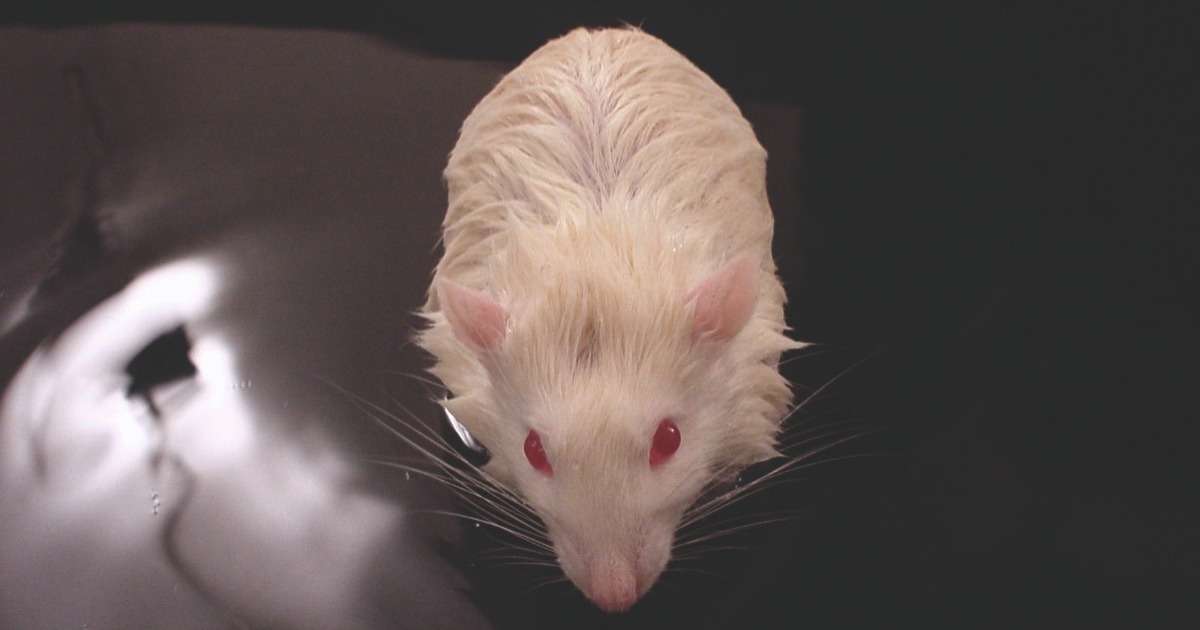
Mice with Alzheimer’s disease walk well but remember poorly
A large number of genetically engineered mouse models are available to study different aspects of Alzheimer’s disease.
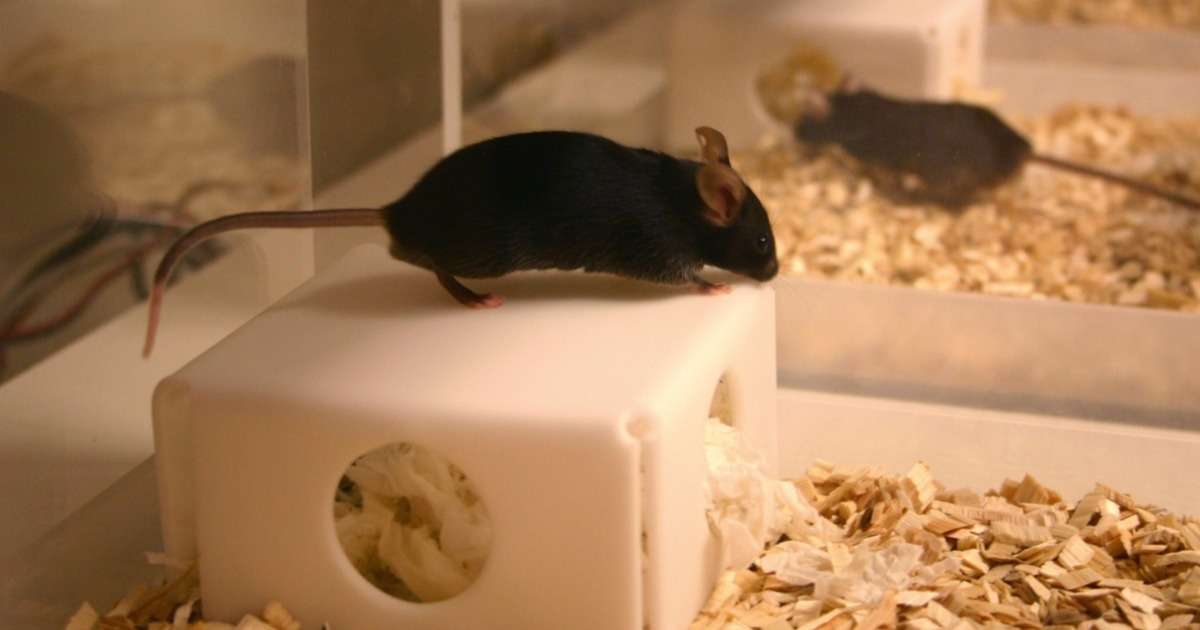
Circadian rhythmicity and other behavioral studies
Many labs use video tracking software to increase the efficiency of their research. In fact, EthoVision XT video tracking software has just reached an impressive milestone: 2000 sites worldwide.
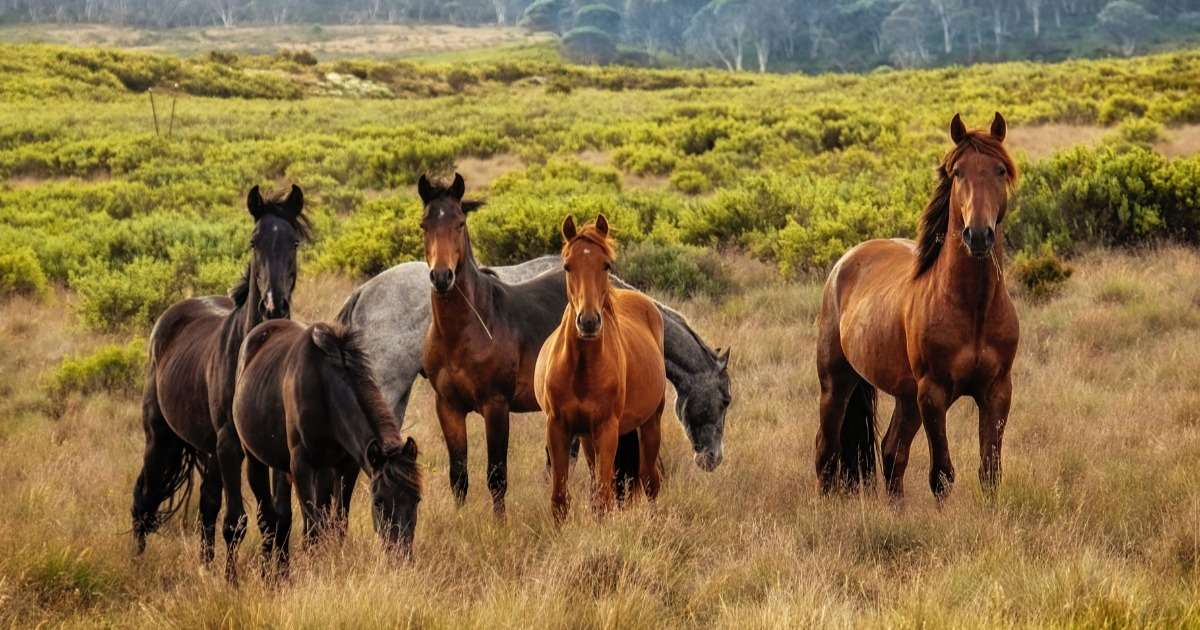
Combining physiology and behavior to create a stress scale for horses
We all are familiar with stress, and how it can have an impact not only on our behavior, but on our bodies and physiology as well. Many people get stress headaches or start to feel sick if they reach high levels of stress.

Plants with more linalool smell good, but taste bad
Plant volatiles play an important role in the interaction between plants and insects that eat them. Insect damage very often induces plants to produce volatiles.
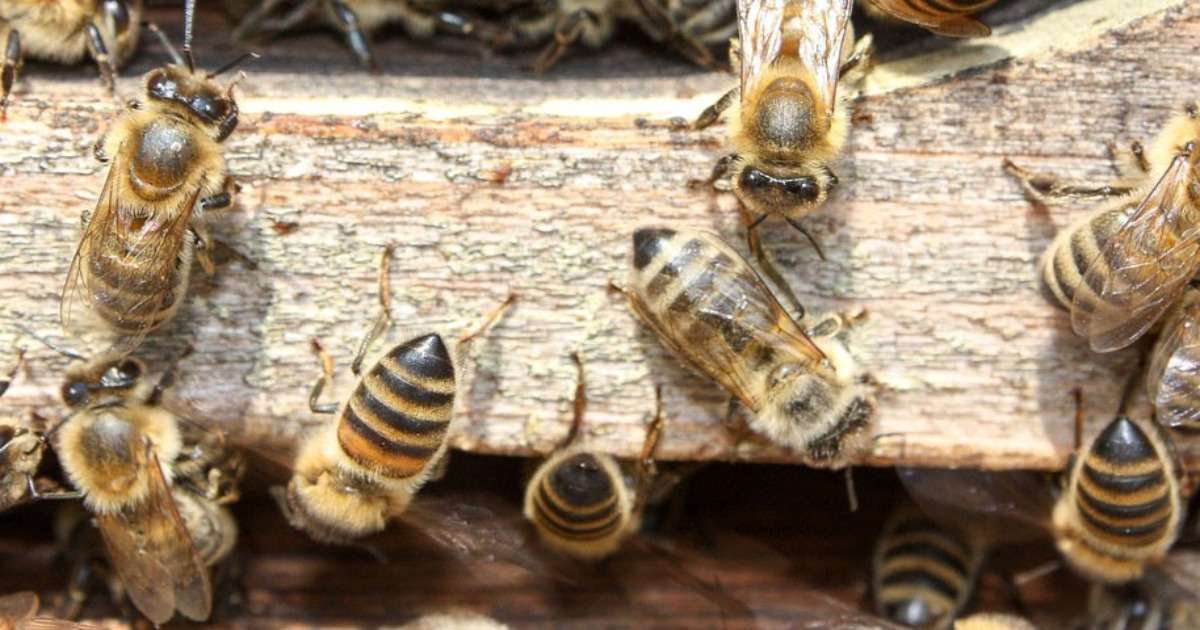
Pesticides in bee colonies affect the behavior of bees
In the past 20 years, populations of honeybees have declined all over the world. This is partly caused by the increased occurrence of parasites and pathogens.

Determining the effect of social hierarchy on foraging in coyotes
Whether it’s an older sibling taking the last piece of cake from their younger sibling or a dominant coyote shoving a subordinate out of the way so it can eat the food, nature has its hierarchies.

Developing a high-throughput method - EthoGenomics
Ornamental flowers are among the main export products of The Netherlands. Thrips are one of the most important pests on ornamental flowers.
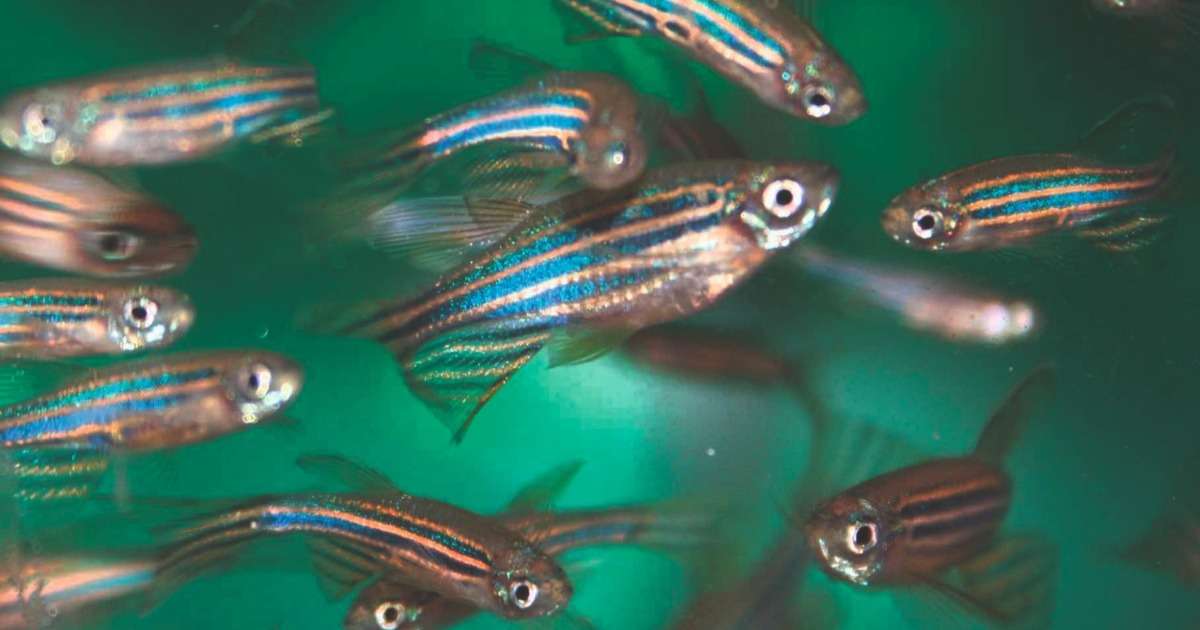
The power of zebrafish in the study on Parkinson’s Disease
Zebrafish have proven to be a good model for Parkinson’s Disease (PD) research. They express several highly conserved genes that are associated with PD.
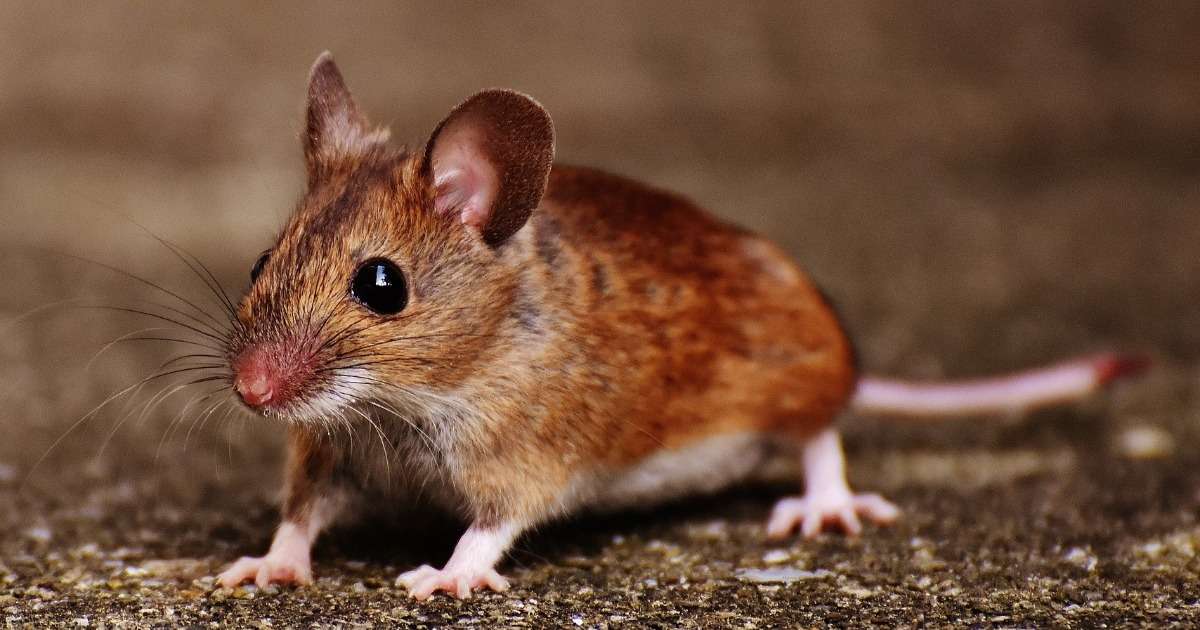
Testing without stress: high-throughput phenotyping
The ability to recognize harmful situations and respond accurately is important for the survival of any animal. In order to respond to these situations the animal must be able to learn, remember, and alter its behavior.

Tracking zebrafish activity to study a key element in circadian rhythmicity
Zebrafish are a popular model of choice for many researchers, including chronobiologists. That’s because zebrafish rapidly develop their ‘inner clock’ (circadian system) – and because this system is highly light-entrainable.
